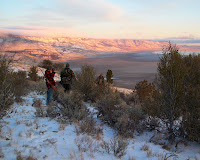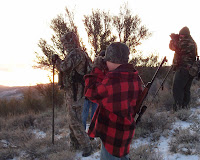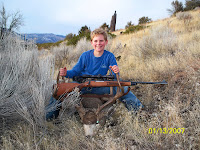Tips For Digital Nature Photography
By [http://ezinearticles.com/?expert=Dennis_Oh]Dennis Oh
Digital nature photography is almost always taken outdoors. These are rarely taken indoors since houses and buildings are not really the natural habitat of most wildlife specimens and other nature based photographs. Digital nature photography can be categorized into landscape photography, plant photography, wildlife photography and close up photography pertaining to wildlife and other scenes which may be associated with nature and maybe natural texture. The following nature photography tips work for many pro photographers.
Eye Level
For many photographers, digital nature photography works when they shoot an animal or wildlife subject with the subject's eyes within the eye level of the camera. This kind of angle brings a closer and more personal touch to most photographs. Viewers also appreciate the personal nature of this kind of digital nature photography. The perspective of the photographer should be the same eye level of the subject. An example of this is to photograph a frog on the ground while laying flat on the same level ground, instead of shooting while standing or kneeling. This means that dog's pictures should be taken at their level.
Establishing The Subject
Many pro photographers of digital photography for nature often define what they want to take a picture of before they even start out to look for it. For others, inspiration strikes them while they look at nature. For those with a purpose, it may be best to seek out particular things to take pictures of rather than wait around for inspiration to strike. Making up one's mind regarding what the subject may be will help a person establish what should be in the photograph and what should not be. In digital nature photography, certain angles when taking photographs will bring clutter into the picture. Work out which angles omit clutter or things which are unwanted and then shoot several pictures to pick out the best among them. This is the advantage of digital nature photography; one can shoot many different shots from different angles without the loss of film.
Be At Ease With Nature
This is one of the most important facts of digital nature photography. A person who wishes to take part of digital photography for nature should be at ease with nature itself and be aware of what goes on wherever he or she is. Knowing what to look for may take several exposures to nature such as walking around in the woods or just sitting in one's yard and observing nature as it goes through life.
Don't be frustrated with not being able to take high-quality photos using your Digital Camera. [http://wengkian.com/recommends/learndigitalphoto]Click here now for a free [http://wengkian.com/recommends/learndigitalphoto]Guide to Digital Photography
Article Source: http://EzineArticles.com/?expert=Dennis_Oh http://EzineArticles.com/?Tips-For-Digital-Nature-Photography&id=2996078
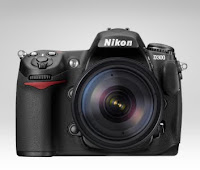
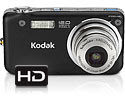 As you can see from the images below, the little Kodak camera has done a great job of capturing our event. The day was very cold and very windy with blowing snow at times. Using the little Kodak in this instance was an advantage over my Nikon D300. A Camera I really like.
As you can see from the images below, the little Kodak camera has done a great job of capturing our event. The day was very cold and very windy with blowing snow at times. Using the little Kodak in this instance was an advantage over my Nikon D300. A Camera I really like.